
PLACES
29-06-2021 di redazione
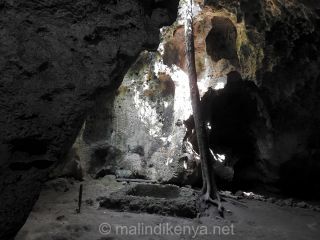
Shimoni in the Swahili language literally means 'place of the cave'.
Often, villages in Kenya are named after the reasons why they were formed or came into being on the edges of roads that began to be trade routes, especially maritime ones.
In the case of Shimoni, a village on the south coast a few kilometres from the Tanzanian border, the ancestral presence of caves, which were once a place of worship and sacred rites of the animist populations, has given its name to the entire area.
Today, only one part of these caves can be visited, what was once a vast sea cave that could be reached by boat. But there were many natural caves of karstic origin scattered in the immediate hinterland. Some of them were connected by tunnels and allowed the population to hide and barricade themselves to protect themselves from enemies, or to cultivate customs linked to esotericism and black magic.
Today, the caves closest to the ocean can be visited and are part of a community-run museum that recalls the dramatic period of Arab slavery on the Kenyan coast.
Here in Shimoni, as in other locations clearly identifiable by chained detention sites and museums, including Bagamoyo in Tanzania and Takaungu near Kilifi, the sultans of Zanzibar sent their ships to capture the natives and sell them to Omani and Persian merchants, employ them on large sailing ships and in heavy labour related to the trade in timber, stones and spices. The slave trade began around the 12th century, and the contribution of the Sultanate of Zanzibar in procuring young Bantu men was crucial. There were marketplaces and sometimes merchants would go inland to capture them or lure them with false promises of work and income.
The chains cemented into the rock of the Shimoni caves tell of the inhuman conditions in which African slaves were kept while waiting for Arab boats to come and pick them up.
The stone tanks where they were immersed and fed on dates and nothing else, and where the light barely penetrated, with no possibility of escape, can be visited in caverns full of stalagmites and sudden lagoons, and home to rare species of bats.
A place to visit not so much for the uniqueness of these caves, but to learn about Kenya's not-so-distant history and relive it in the original setting where it all happened.
Shimoni can be reached from Mombasa by taking the road to Ukunda and continuing straight on for about 30 kilometres after the junction for the popular tourist resort of Diani. At the signposted junction, after the large sugar factory in Ramisi, leave the main road and turn left.
As of 2019, the 12km road to Shimoni is paved.
The price for entrance to the caves with a guide is Kes. 400 for tourists and Kes. 200 for residents.
Shimoni is also known and worth a visit for its dolphin-filled marine park and Wasini Island, where you can enjoy delicious, huge crabs and take an interesting walking tour.
PLACES
di redazione
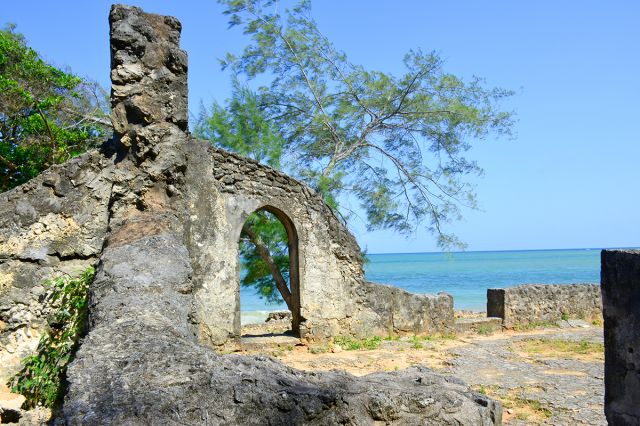
It was called "Jumba La Mtwana", where "jumba" in kiswahili means "home".
It was an Arabic citadel built in the 13th century AD on the banks of the Indian Ocean, not far from the cove of today's Mtwapa, about twenty...
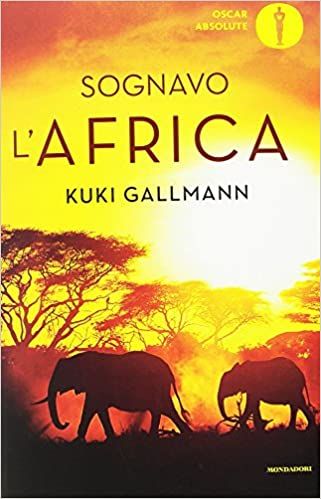
Kuki Gallmann had "a story to tell".
This novel is his story.
FILM
di redazione
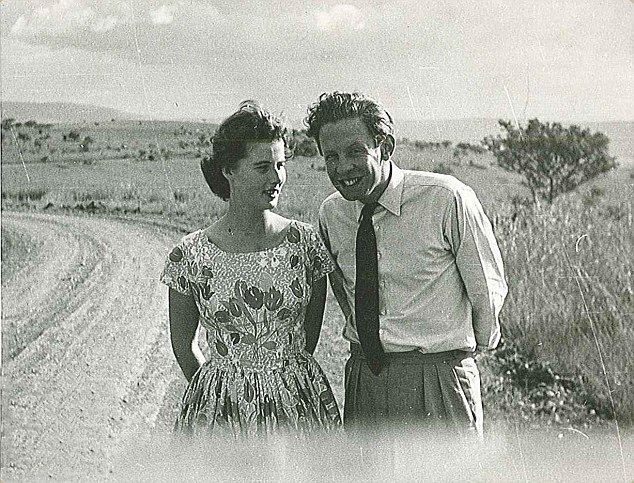
The incredible story of Robin Cavendish told in this film released in 2017, whose original title is "Breathe".
It is a Hollywood production starring the young Andrew Garfield (Spider Man, The social network) who plays the protagonist of a true...
PLACES
di redazione
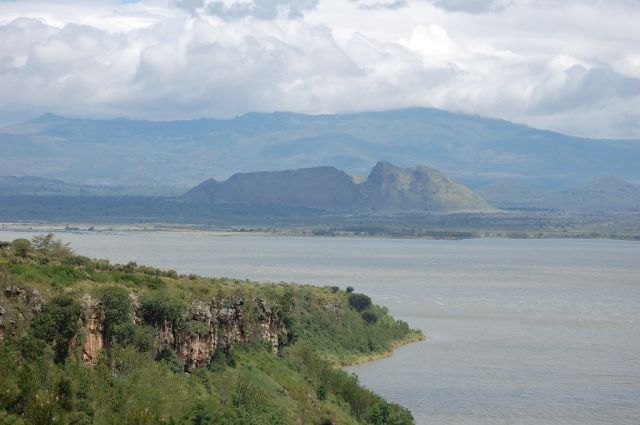
Located between Lakes Naivasha and Nakuru, however small, Lake Elmenteita (also known as Elemantaita) is one of the most important in the Great Rift Valley in Kenya, as it is the breeding and feeding ground for many rare and endangered...
HISTORY
di redazione
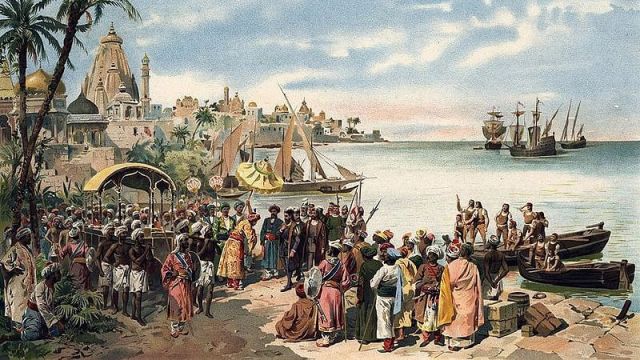
Many who know Kenya's history are convinced that Christianity was brought here by German missionaries who opened the first Catholic mission in...
HISTORY
di redazione
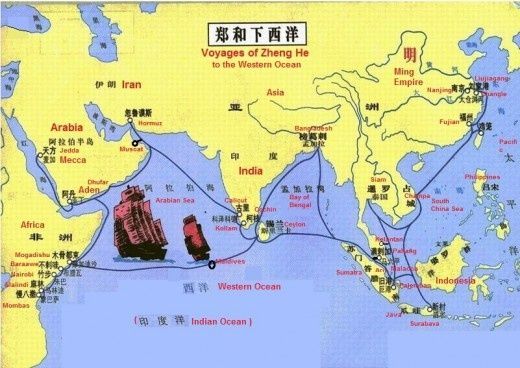
The story of the first Chinese to land on the shores of the Indian Ocean is six hundred years old.
According to Beijing scholars who recently published a book on the voyages of the great oriental navigators, it was in...
TOURISM
di redazione
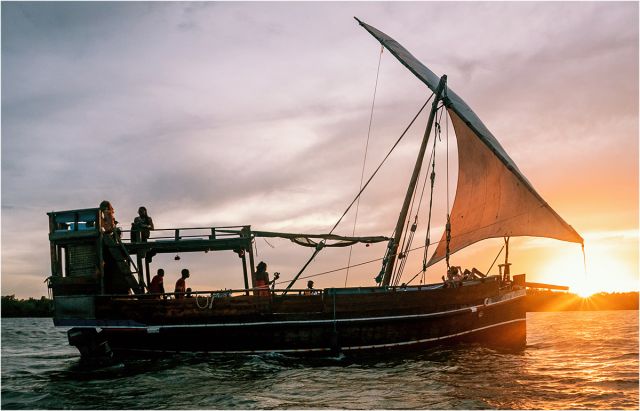
One of the symbols of the Kenyan coast is undoubtedly the dhow, the typical Swahili boat.
Once only sailing, today also with the support of the engine, the dhow from...
MUSIC
di redazione

Kenyans have voted 'Stellah' the most beautiful love song ever in Kenya.
It has nothing to do, either musically or poetically, with the eternal Malaika (which, to tell the truth, we still don't know whether it is a traditional Tanzanian...
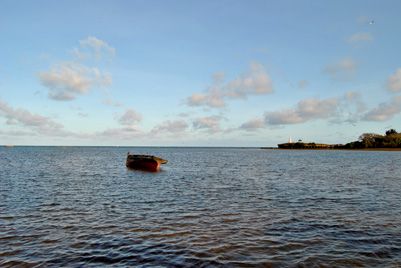
Malindi is a small town overlooking the Indian Ocean shores, located about 120 km from Mombasa and just a few miles from the mouth of river Sabaki which takes the name Galana in its upper flow and is, actually, after...
KENYA COAST
di redazione
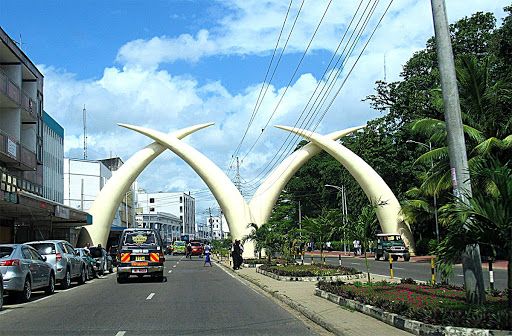
Mombasa is certainly the oldest city in Kenya and one of the historical ports of East Africa. The other landings mentioned as early as the tenth century AD by early navigators, are now ruins of cities (such as Kilwa in...
SOLIDARITY
di Leni Frau

From Watamu's "kibanda" to the magnificent scenery of Piazza Plebiscito in Naples, to parade in a fashion gala next to world-famous designers such as Rocco Barocco.
This is the story of Watamu's tailors' clothing, helped by Virginia Ciaravolo's "Never More...